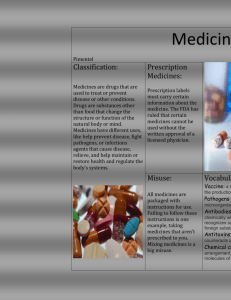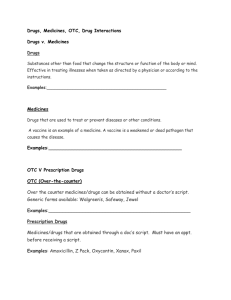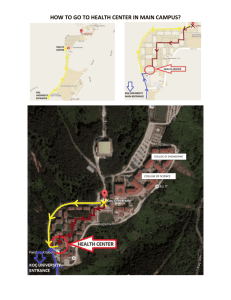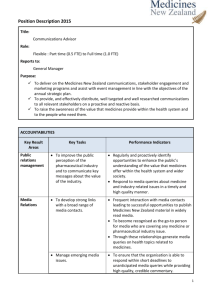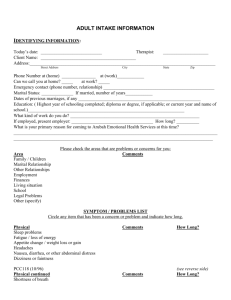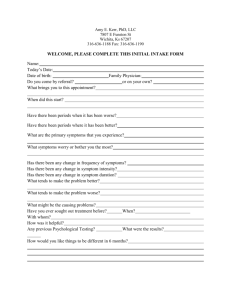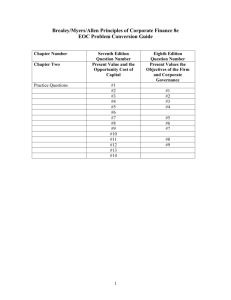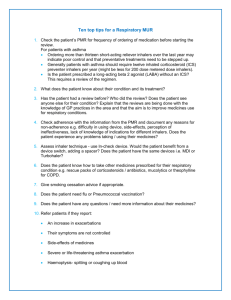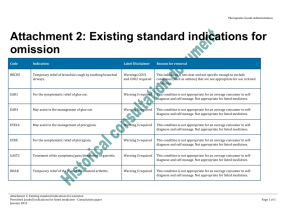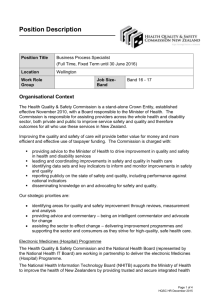What characteristics of systems are needed to
advertisement
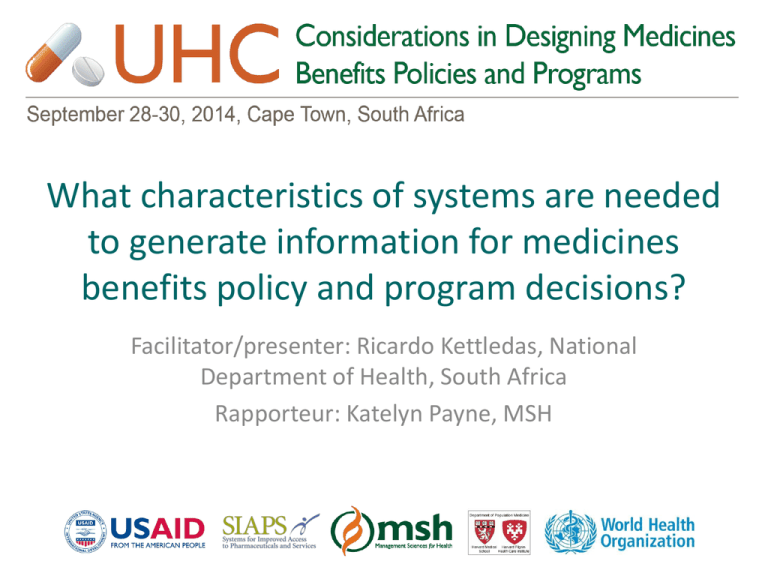
What characteristics of systems are needed to generate information for medicines benefits policy and program decisions? Facilitator/presenter: Ricardo Kettledas, National Department of Health, South Africa Rapporteur: Katelyn Payne, MSH Which elements are crucial to capture in evolving care delivery and financing information systems for managing medicines benefits? • There needs to be a link between Health Care Systems and Financing Systems. • Donors need to coordinate with public sector, private sector, and other funders. • Financing requires info. on budget and patient expenditures out of pocket. • Info. that is needed: (also with proper coding) – – – – – – – – Patient unique identifier and diagnosis Type of facility and services Drug utilization Adherence to treatment Adverse events/reactions Household data Outcomes Demographic data on patients How do current or proposed information systems facilitate generating information for medicines benefit decisions? • Current Systems – Manual registers – Zambia: HMI, case mgmt, Smartcare (CDC), IFMIS – Malawi: IFMIS, logistics (supply chain) mgmt., DHIS • Proposed Systems – South Africa: Biometric system, National ID Systems – Other systems: access to social assistance/welfare programs, coordination b/w systems as patients move, cell phone use for data reporting Big need for decision support systems “Big gap” in vital statistics New systems should be open-source Need to learn from the private sector to improve public sector Make sure the right people have access to data collected HR Gap needs to be addressed What technical and human resources as well as governance approaches are needed to facilitate use of information from systems to inform medicines benefits? • Technical: Interoperability, network capacity, innovative data collection methods (Cell phones), move to web-based system (connectivity) from paper or single computer • Human resources: track movement of skilled workers, IT support, Database managers, capacity building of staff • Governance approaches: data protection policies, ethics (formalize through governance), access to information on the primary level, tools to implement policies, know who has access, risk management plans and business continuity and disaster recovery • These three aspects must all talk to each other.

